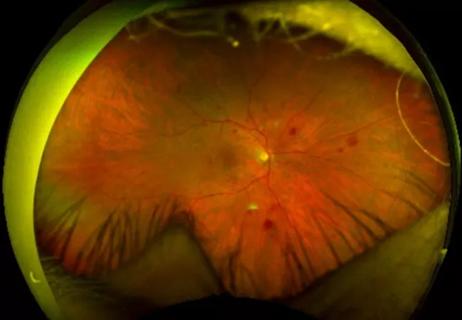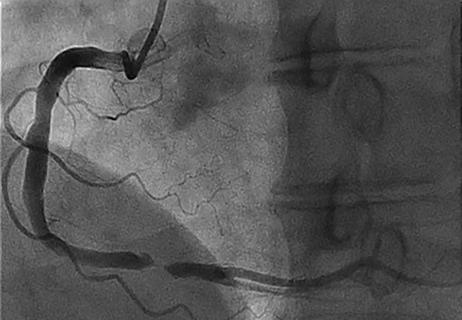A scannable recap of our latest data in these clinical areas
Below we share recent volumes and clinical outcomes from a sampling of disciplines and subspecialty areas in Cleveland Clinic’s Heart, Vascular and Thoracic Institute: adult cardiac surgery, ischemic heart disease and vascular disease.
Advertisement
Cleveland Clinic is a non-profit academic medical center. Advertising on our site helps support our mission. We do not endorse non-Cleveland Clinic products or services. Policy


STS = Society of Thoracic Surgeons; ACC = American College of Cardiology; TVT = Transcatheter Valve Therapy
CABG = coronary artery bypass grafting; AVR = aortic valve replacement; MVRR = mitral valve repair/replacement; TAVR = transcatheter aortic valve replacement; MVR = mitral valve replacement
CABG volume in 2024:

Percutaneous coronary interventions
Same-day discharge rate for elective PCI cases
PCI risk-standardized mortality (all patients), better than the 1.93% NCDR 50th percentile rate
PCI risk-standardized mortality for STEMI patients (without cardiogenic shock or cardiac arrest), better than the 1.89% NCDR 50th percentile rate
Median time to PCI for STEMI patients, better than the NCDR 50th percentile of 63 minutes
Proportion of STEMI patients receiving PCI within 90 minutes, better than the 93.96% NCDR 50th percentile rate
(Source: National Cardiovascular Data Registry, CathPCI Registry®, American College of Cardiology Foundation, for rolling four-quarter period through Q4 2024)
NCDR = National Cardiovascular Data Registry; STEMI = ST-elevation myocardial infarction



Elective open AAA repair (N = 102)
Ruptured open AAA repair (N = 18)
Elective endovascular AAA repair (N = 130)
Ruptured endovascular AAA repair (N = 15)
Cleveland Clinic’s Heart, Vascular and Thoracic Institute has a long tradition of reporting volume and outcomes data across its subspecialty areas. For more information like the data reported above, visit clevelandclinic.org/hvtioutcomes and clevelandclinic.org/e15.
Advertisement
Advertisement
Advertisement

A scannable graphic recap of our latest data

Custom STS risk model improves ability to predict 30-day survival for a growing population

Innovative approach to the procedure can yield significant relief in complex cases

Site visits offer firsthand lessons in clinical and operational excellence in cardiovascular care

New insights on effectiveness in patients previously treated with other anti-VEGF drugs

Study identifies factors that may predict vision outcomes in diabetic macular edema

In the wake of NOTION-3 findings, a strong argument for physician judgment remains

The case for a thoughtful approach to CTO and minimally invasive options for CABG